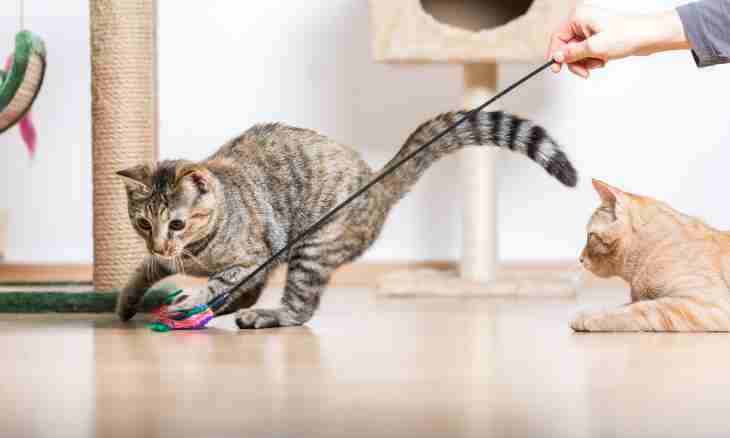Various representatives of the world of cat's have the individual length and the form of a tail. Length from a sacrum to a tip can vary ranging from 20 up to 40 cm that is equal to 20-27 vertebras. Cats of the Persian breed possess shorter tails, and at Maine Coons and east breeds the tail is the real reason for pride.
Types of deformation of a tail
Deformation of a tail can be several types, zaloma, breaks and bends most often meet. At break the subsequent vertebra of a tail towers over previous as a result "the step up a ladder" is formed. The deformed vertebras differ in size and have roundish edges.
Opposite defect is the break at which vertebras are located "a step down".
The bend is well visible with the naked eye, there is an impression that several vertebras "jumped out" for the imagined line which passes through the middle of vertebras from the basis to a tail tip. Bodies of the jumped-out vertebras quite often have the wedge-shaped form.
Why the tail "is broken"
Kittens with deformation of a tail can appear in a dung of both not purebred, and thoroughbred cats. Instead of a direct tail to a look of owners the bent aside, broken in several places or hooked tails are. Irrespective of a type of deformation, such deviation forever closes access to cultivation and exhibitions. The fluffy kitten can become the excellent pet who kept all signs of breed, but the animal forever gets to category "only for the house". Easy not correction of a tail which is expressed in the last and penultimate vertebra is admissible in some breeds, but animal husbandry in such situation is not recommended. Veterinarians and razvodchik say that "unique" tails indicate degeneration of breed and are serious genetic defect. At cultivation of such animals you strike to risk all posterity as the next generations can have not only the bent tail, but also serious violations of a backbone. A backbone curvature – a direct way to congenital pathologies of internals as a result of which the posterity will be impractical. The exact nature of such genetic deviations is not established, but the assumptions agree that fault to all closely related communications.
Tail as passport
Exception of "black list" are breeds of kutsekhvosty cats, for them deformation is the norm registered by the standard. In fauna they are known as the Mekong or Thai bobtails. Representatives of this breed have each unique tail and has only to it inherent loops, breaks and bends. Not all of them are noticeable under wool, but at palpation the indication of breed becomes strong.

